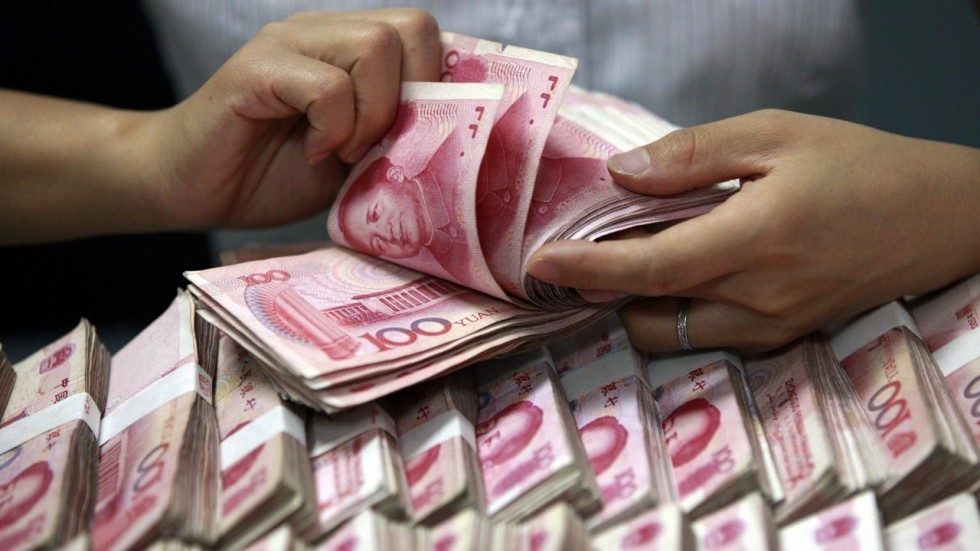
- The People’s Bank of China (PBoC) had so far been capping the yuan’s losses in the run-up to Jackson Hole by setting stronger-than-expected currency fixings.
- But after the offshore yuan sank to a fresh two-year low, China set its daily reference rate for the yuan at a stronger-than-expected level for a fourth day, in an effort to shore up its embattled currency.
The thing about a stronger dollar, especially against a backdrop of soaring inflation, is that it hurts everyone else except America.
And nowhere is the pain being felt more than China, which for years had been pressured by Washington to allow the yuan to appreciate, only to now be faced with the exact opposite problem.
After U.S. Federal Reserve Chairman Jerome Powell stressed the likely need for restrictive monetary policy for some time to curb high inflation at the Jackson Hole symposium last week, risk assets sold off globally and currencies from the Japanese yen to the Chinese yuan were hammered.
The People’s Bank of China (PBoC) had so far been capping the yuan’s losses in the run-up to Jackson Hole by setting stronger-than-expected currency fixings.
But after the offshore yuan sank to a fresh two-year low, China set its daily reference rate for the yuan at a stronger-than-expected level for a fourth day, in an effort to shore up its embattled currency.
Unlike the United States, China relies heavily on foreign imports of industrial quantities of everything from copper to oil, to feed into its massive economy.
And when the dollar, which commodities are priced in, starts to rise, it hurts Chinese manufacturers, even as the economy starts slowing significantly, thanks to zero-Covid lockdown policies and a worsening real estate crisis.
The PBoC set its fixing at 6.8698 per dollar, 96 pips stronger than the average forecast according to a Bloomberg survey, and all the more surprising considering that traders had expected China’s central bank to keep the yuan soft.
Thursday’s fix was 120 pips stronger than the forecast, the widest gap since February 2020 and a sign that Beijing is maintaining a delicate balance between stoking possible imported inflation and keeping exports competitive against slowing global demand. .
The reference rate, which limits the onshore yuan’s moves by 2% on either side, was set stronger after the offshore yuan slid past 6.9 for the first time since 2020.
China does not maintain a fully convertible currency.
The Chinese economy is projected to grow just 3.5% this year, down from a previous forecast of 3.9%, and well off the Chinese Communist Party’s target of 5.5%, a figure that Beijing has been quick to scrub from public communication.
The yuan is under pressure to fall which has the market closely watching the extent of foreign exchange intervention by Beijing.



